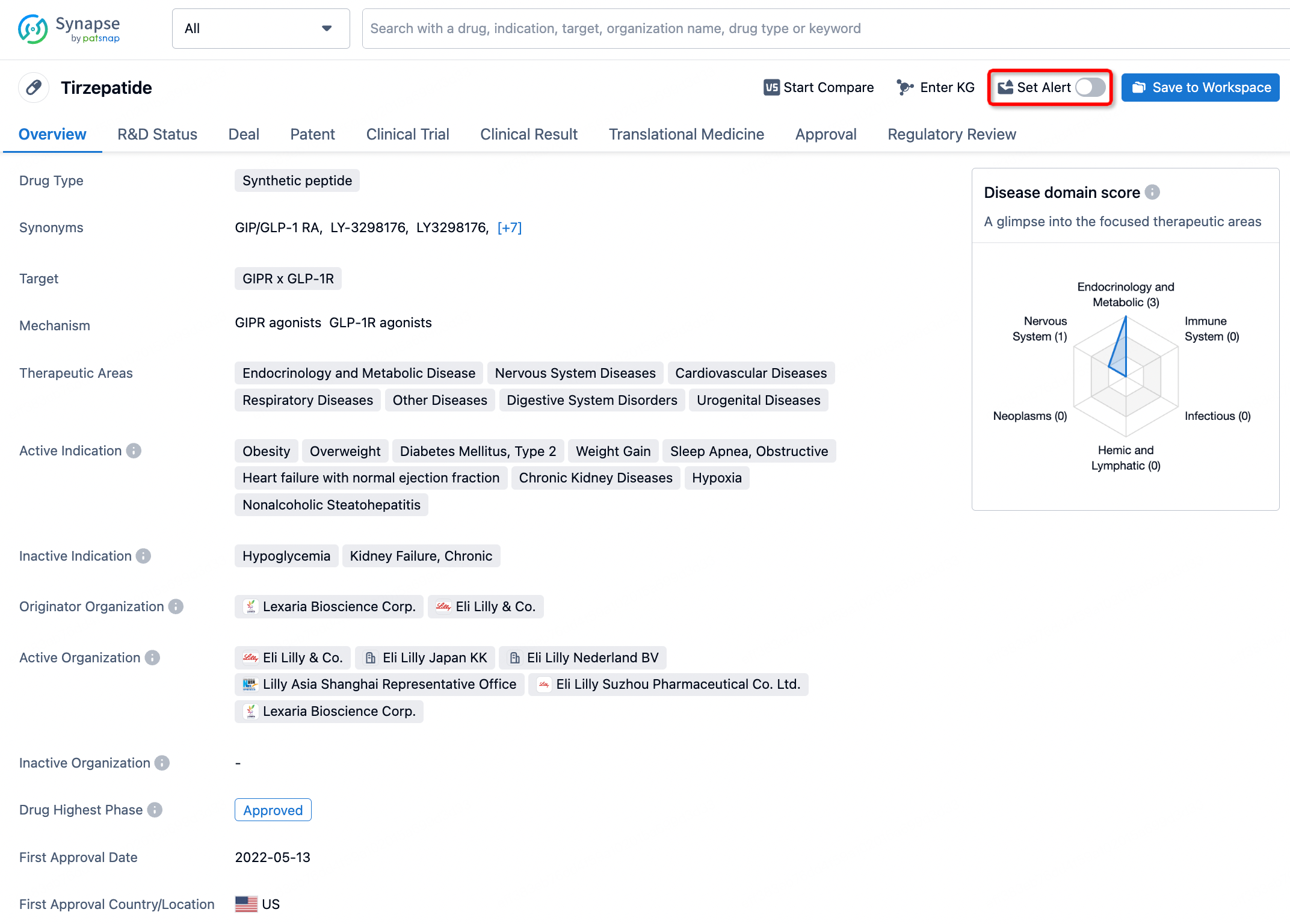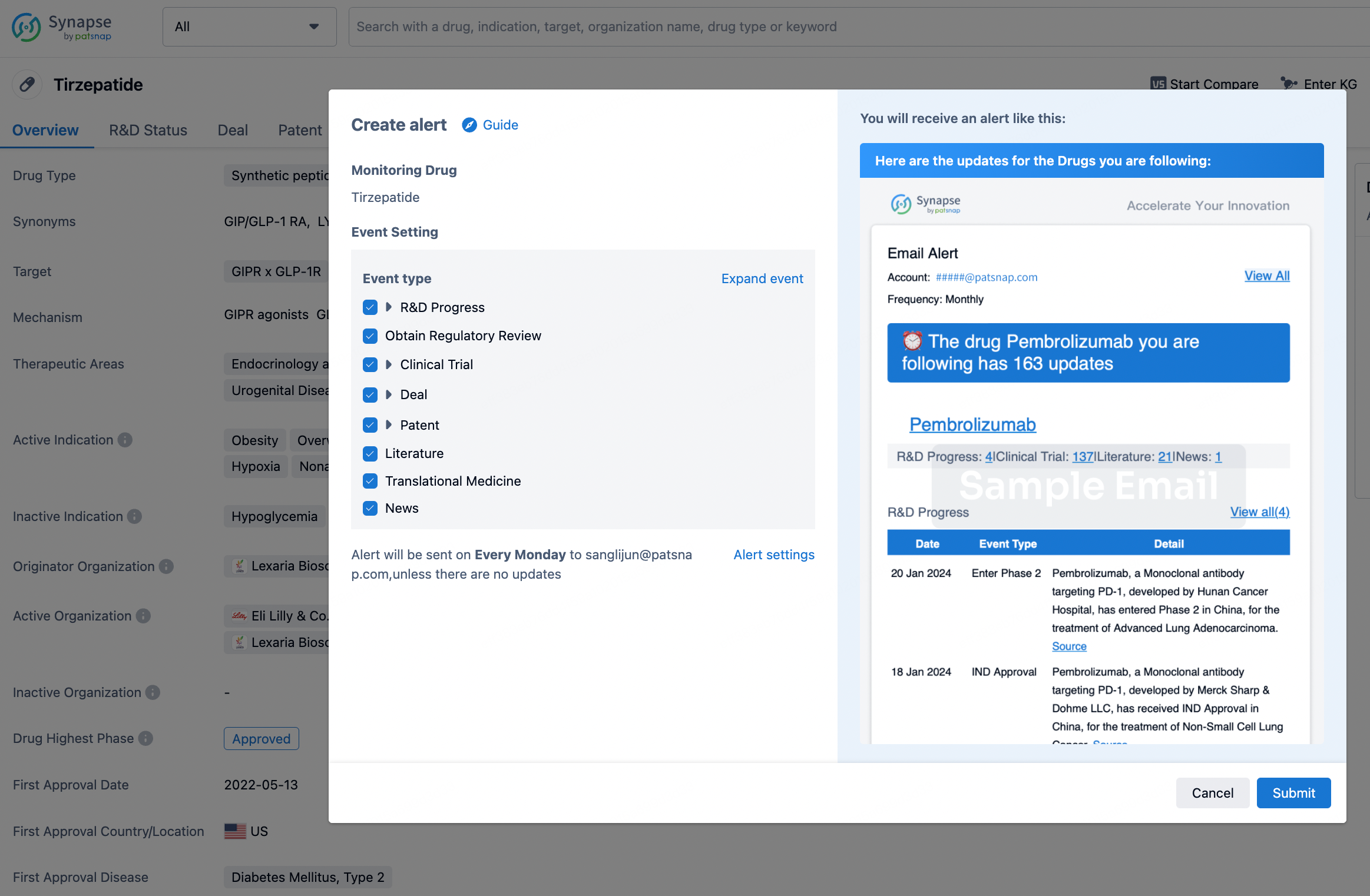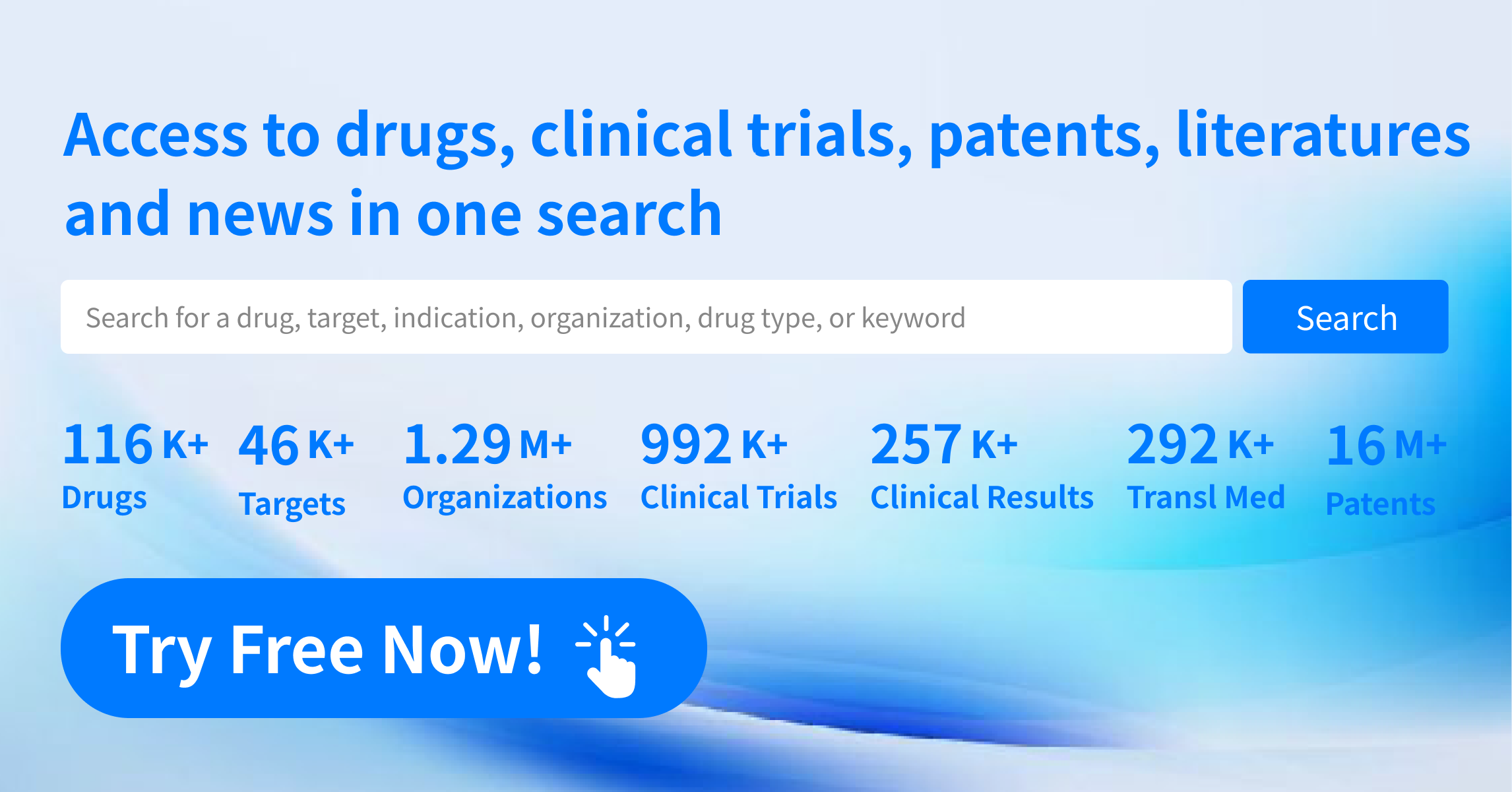Request Demo
What is Tc 99m besilesomab used for?
14 June 2024
Tc 99m besilesomab is a radiopharmaceutical agent utilized primarily for diagnostic imaging. It is commercially known under the trade name Scintimun. Developed by several research institutions and pharmaceutical companies, including CIS bio international and the European Institute of Research and Imaging, this drug has garnered significant attention in the medical community for its application in identifying inflammatory and infectious lesions. Tc 99m besilesomab is classified as a monoclonal antibody radiotracer, specifically designed to target and bind to components of the immune system. The primary indication for Tc 99m besilesomab is to detect infections in bones, known as osteomyelitis, and it is also used in some cases for the identification of soft tissue infections. Research has shown promising results, and the drug has been approved for clinical use in several countries, although ongoing studies continue to improve its efficacy and safety profile.
Tc 99m besilesomab works through a specific mechanism of action that involves targeting an antigen found on the surface of white blood cells known as NCA-95, which is a component of the human granulocyte. These granulocytes are a type of white blood cell that play a crucial role in the body's immune response to infection. When Tc 99m besilesomab is injected into the patient's body, the monoclonal antibodies in the drug bind selectively to these granulocytes. The technetium-99m (Tc 99m) component of the drug is a radioactive isotope that emits gamma rays. Once the antibody binds to the granulocytes at the site of infection or inflammation, the gamma rays emitted by Tc 99m can be detected using a gamma camera. This imaging technique allows healthcare providers to visualize areas of infection or inflammation within the body, providing critical information for diagnosis and treatment planning.
The administration of Tc 99m besilesomab is done intravenously. The standard procedure involves injecting the radiopharmaceutical into a vein, usually in the arm. The onset time for imaging typically ranges from a few minutes to a couple of hours after injection, depending on the specific clinical scenario and the type of infection being investigated. Patients are generally monitored during this period to ensure that the drug is properly distributed and to identify the optimal time for imaging. Imaging itself usually takes place between one to four hours post-injection, although in some cases, delayed imaging at 24 hours may be required to obtain the best diagnostic results. The procedure is non-invasive, and patients can usually resume normal activities shortly after the imaging is complete, although they are often advised to drink plenty of fluids to help clear the radioactive material from their body more quickly.
While Tc 99m besilesomab is a valuable diagnostic tool, it is not without potential side effects. Common side effects include mild reactions at the injection site such as redness, swelling, or discomfort. Some patients may experience more systemic effects like fever, chills, or nausea. Serious allergic reactions are rare but possible, given that the drug is a monoclonal antibody, which can sometimes trigger immune responses. Contraindications for the use of Tc 99m besilesomab include known hypersensitivity to the drug or any of its components. Patients with severe allergies to murine (mouse-derived) proteins should avoid using this drug, as the monoclonal antibodies are often derived from mouse cells. It is also advisable to use this drug with caution in pregnant or breastfeeding women, as the effects of radiation on the fetus or infant are not fully understood. Healthcare providers typically weigh the potential benefits against the risks before recommending this diagnostic tool to these patient groups.
Drug interactions are an important consideration for any treatment, and Tc 99m besilesomab is no exception. While it is primarily used for diagnostic purposes, certain medications can potentially affect the distribution and effectiveness of Tc 99m besilesomab. For instance, corticosteroids and other immunosuppressive drugs may alter the behavior of white blood cells, potentially leading to less accurate imaging results. Additionally, medications that affect blood flow or vascular permeability could impact the distribution of the radiopharmaceutical, either enhancing or reducing the visibility of the targeted infection sites. It is crucial for patients to inform their healthcare provider about all the medications they are currently taking, including over-the-counter drugs and supplements, to ensure that no adverse interactions occur. Generally, healthcare providers may advise discontinuing certain medications temporarily before undergoing imaging with Tc 99m besilesomab to achieve the most accurate diagnostic outcomes.
In conclusion, Tc 99m besilesomab represents a significant advancement in the field of diagnostic imaging, providing valuable insights into the location and extent of infections within the body. Its mechanism of action, targeting granulocytes, enables precise imaging that guides clinical decision-making. While it has some side effects and contraindications, the benefits of accurate diagnosis generally outweigh the risks. Proper administration and awareness of potential drug interactions are essential to maximize its effectiveness and ensure patient safety. As research progresses, Tc 99m besilesomab is likely to become an even more integral part of diagnostic protocols, offering enhanced accuracy and reliability in identifying and managing infectious diseases.
Tc 99m besilesomab works through a specific mechanism of action that involves targeting an antigen found on the surface of white blood cells known as NCA-95, which is a component of the human granulocyte. These granulocytes are a type of white blood cell that play a crucial role in the body's immune response to infection. When Tc 99m besilesomab is injected into the patient's body, the monoclonal antibodies in the drug bind selectively to these granulocytes. The technetium-99m (Tc 99m) component of the drug is a radioactive isotope that emits gamma rays. Once the antibody binds to the granulocytes at the site of infection or inflammation, the gamma rays emitted by Tc 99m can be detected using a gamma camera. This imaging technique allows healthcare providers to visualize areas of infection or inflammation within the body, providing critical information for diagnosis and treatment planning.
The administration of Tc 99m besilesomab is done intravenously. The standard procedure involves injecting the radiopharmaceutical into a vein, usually in the arm. The onset time for imaging typically ranges from a few minutes to a couple of hours after injection, depending on the specific clinical scenario and the type of infection being investigated. Patients are generally monitored during this period to ensure that the drug is properly distributed and to identify the optimal time for imaging. Imaging itself usually takes place between one to four hours post-injection, although in some cases, delayed imaging at 24 hours may be required to obtain the best diagnostic results. The procedure is non-invasive, and patients can usually resume normal activities shortly after the imaging is complete, although they are often advised to drink plenty of fluids to help clear the radioactive material from their body more quickly.
While Tc 99m besilesomab is a valuable diagnostic tool, it is not without potential side effects. Common side effects include mild reactions at the injection site such as redness, swelling, or discomfort. Some patients may experience more systemic effects like fever, chills, or nausea. Serious allergic reactions are rare but possible, given that the drug is a monoclonal antibody, which can sometimes trigger immune responses. Contraindications for the use of Tc 99m besilesomab include known hypersensitivity to the drug or any of its components. Patients with severe allergies to murine (mouse-derived) proteins should avoid using this drug, as the monoclonal antibodies are often derived from mouse cells. It is also advisable to use this drug with caution in pregnant or breastfeeding women, as the effects of radiation on the fetus or infant are not fully understood. Healthcare providers typically weigh the potential benefits against the risks before recommending this diagnostic tool to these patient groups.
Drug interactions are an important consideration for any treatment, and Tc 99m besilesomab is no exception. While it is primarily used for diagnostic purposes, certain medications can potentially affect the distribution and effectiveness of Tc 99m besilesomab. For instance, corticosteroids and other immunosuppressive drugs may alter the behavior of white blood cells, potentially leading to less accurate imaging results. Additionally, medications that affect blood flow or vascular permeability could impact the distribution of the radiopharmaceutical, either enhancing or reducing the visibility of the targeted infection sites. It is crucial for patients to inform their healthcare provider about all the medications they are currently taking, including over-the-counter drugs and supplements, to ensure that no adverse interactions occur. Generally, healthcare providers may advise discontinuing certain medications temporarily before undergoing imaging with Tc 99m besilesomab to achieve the most accurate diagnostic outcomes.
In conclusion, Tc 99m besilesomab represents a significant advancement in the field of diagnostic imaging, providing valuable insights into the location and extent of infections within the body. Its mechanism of action, targeting granulocytes, enables precise imaging that guides clinical decision-making. While it has some side effects and contraindications, the benefits of accurate diagnosis generally outweigh the risks. Proper administration and awareness of potential drug interactions are essential to maximize its effectiveness and ensure patient safety. As research progresses, Tc 99m besilesomab is likely to become an even more integral part of diagnostic protocols, offering enhanced accuracy and reliability in identifying and managing infectious diseases.
How to obtain the latest development progress of all drugs?
In the Synapse database, you can stay updated on the latest research and development advances of all drugs. This service is accessible anytime and anywhere, with updates available daily or weekly. Use the "Set Alert" function to stay informed. Click on the image below to embark on a brand new journey of drug discovery!
AI Agents Built for Biopharma Breakthroughs
Accelerate discovery. Empower decisions. Transform outcomes.
Get started for free today!
Accelerate Strategic R&D decision making with Synapse, PatSnap’s AI-powered Connected Innovation Intelligence Platform Built for Life Sciences Professionals.
Start your data trial now!
Synapse data is also accessible to external entities via APIs or data packages. Empower better decisions with the latest in pharmaceutical intelligence.


